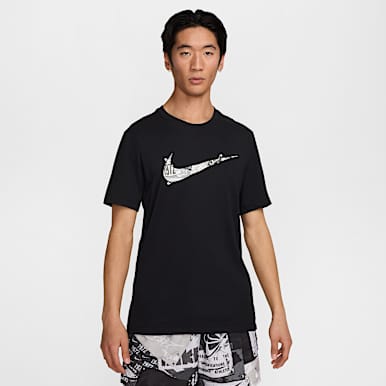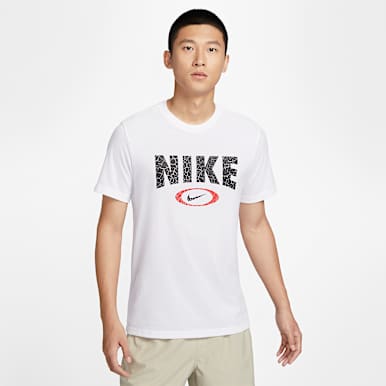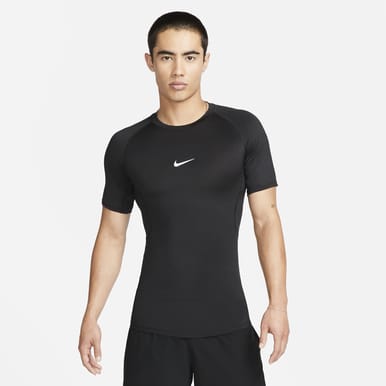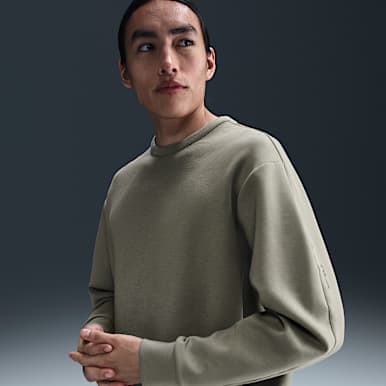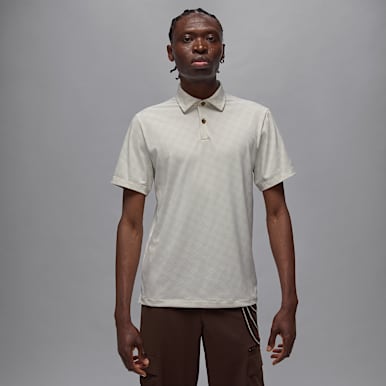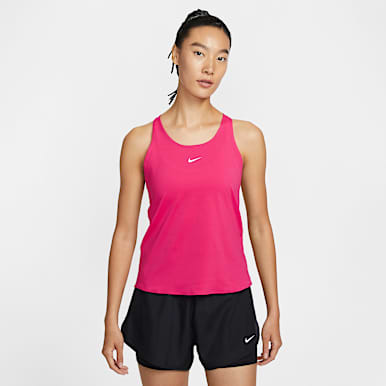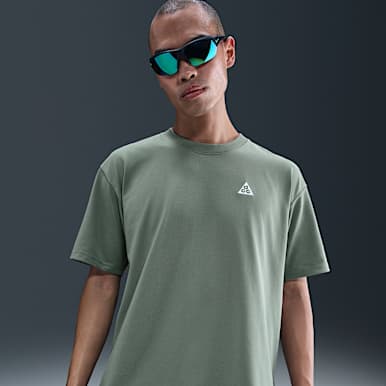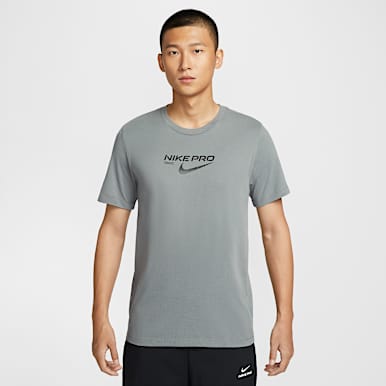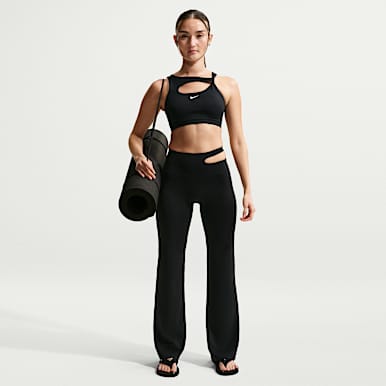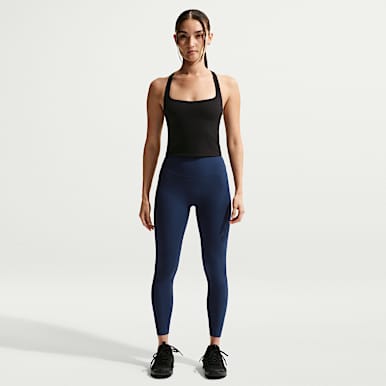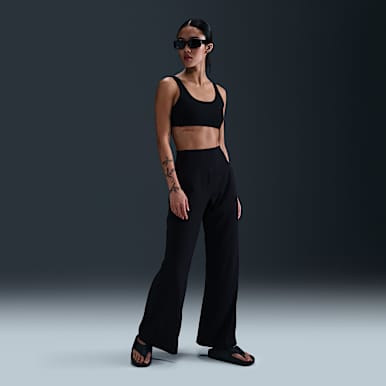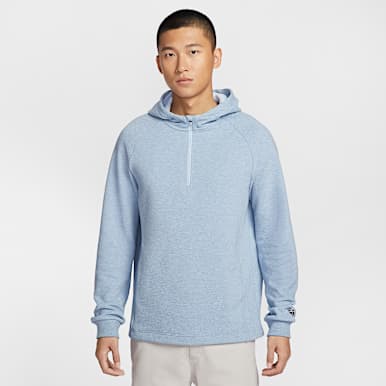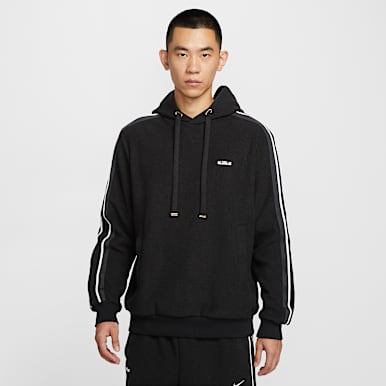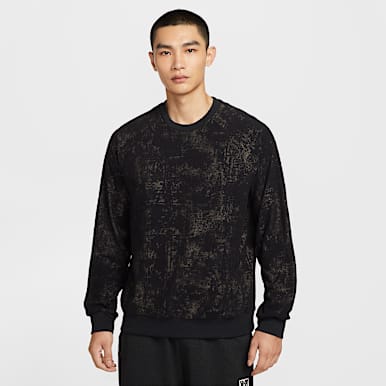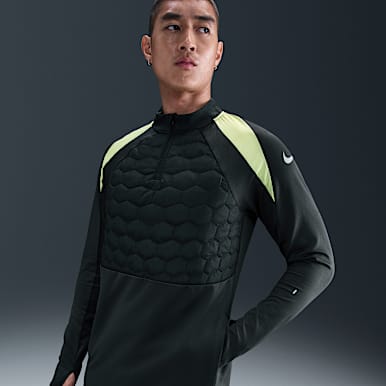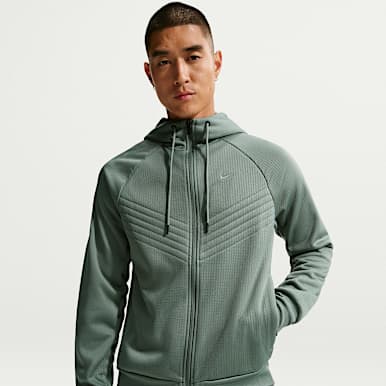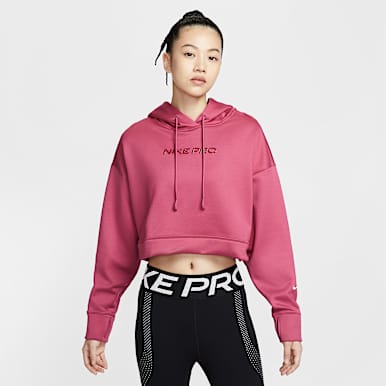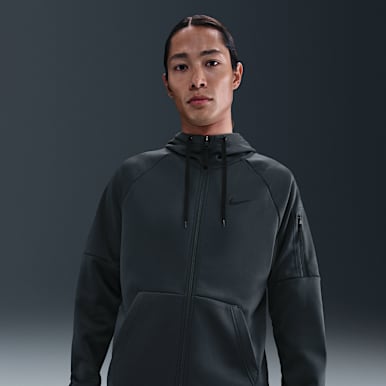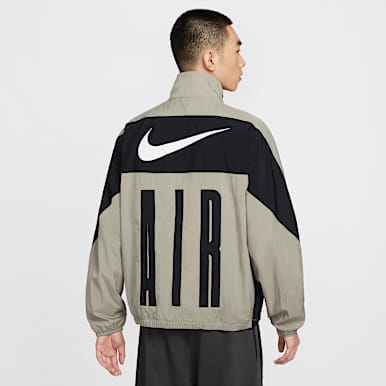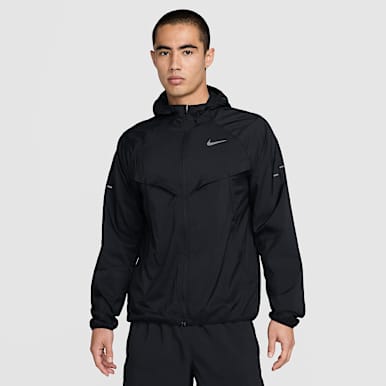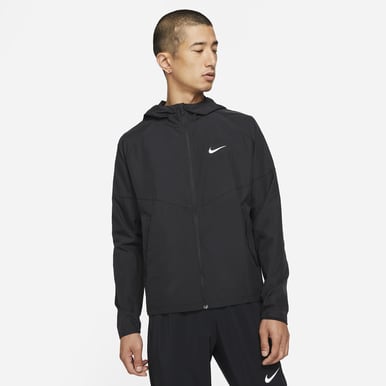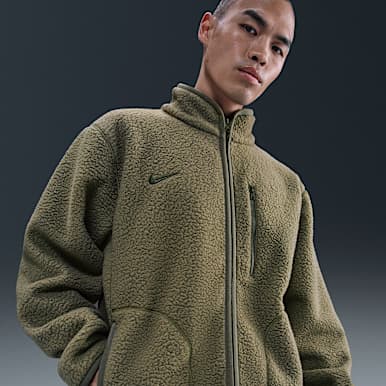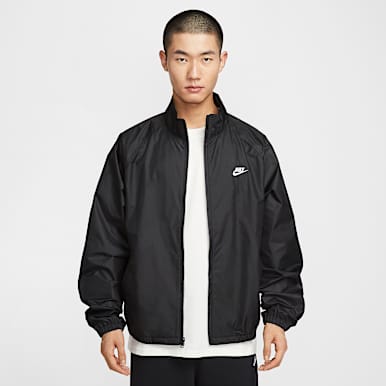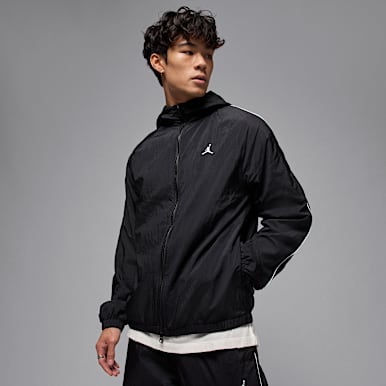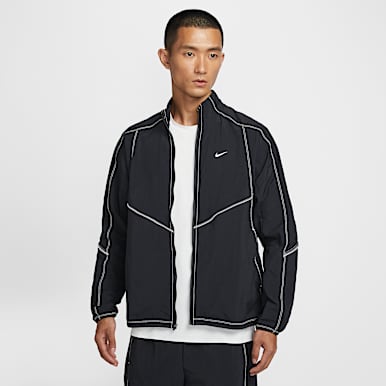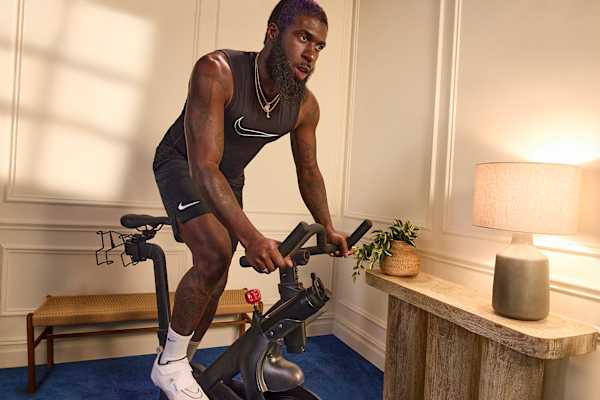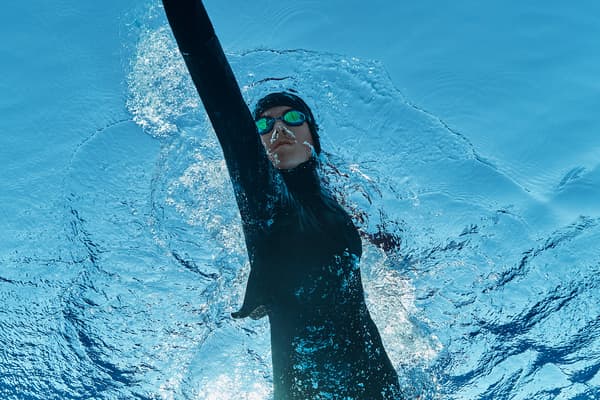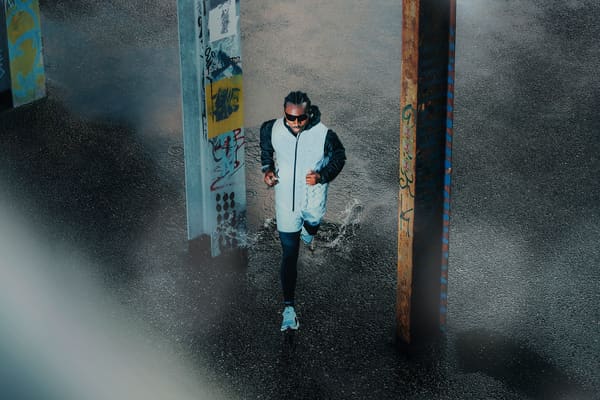What to wear for cycling in any weather condition
Buying guide
Whether for the road or trails, choosing a functional cycling outfit is key for comfort and performance. Consider this your go-to guide from Nike.
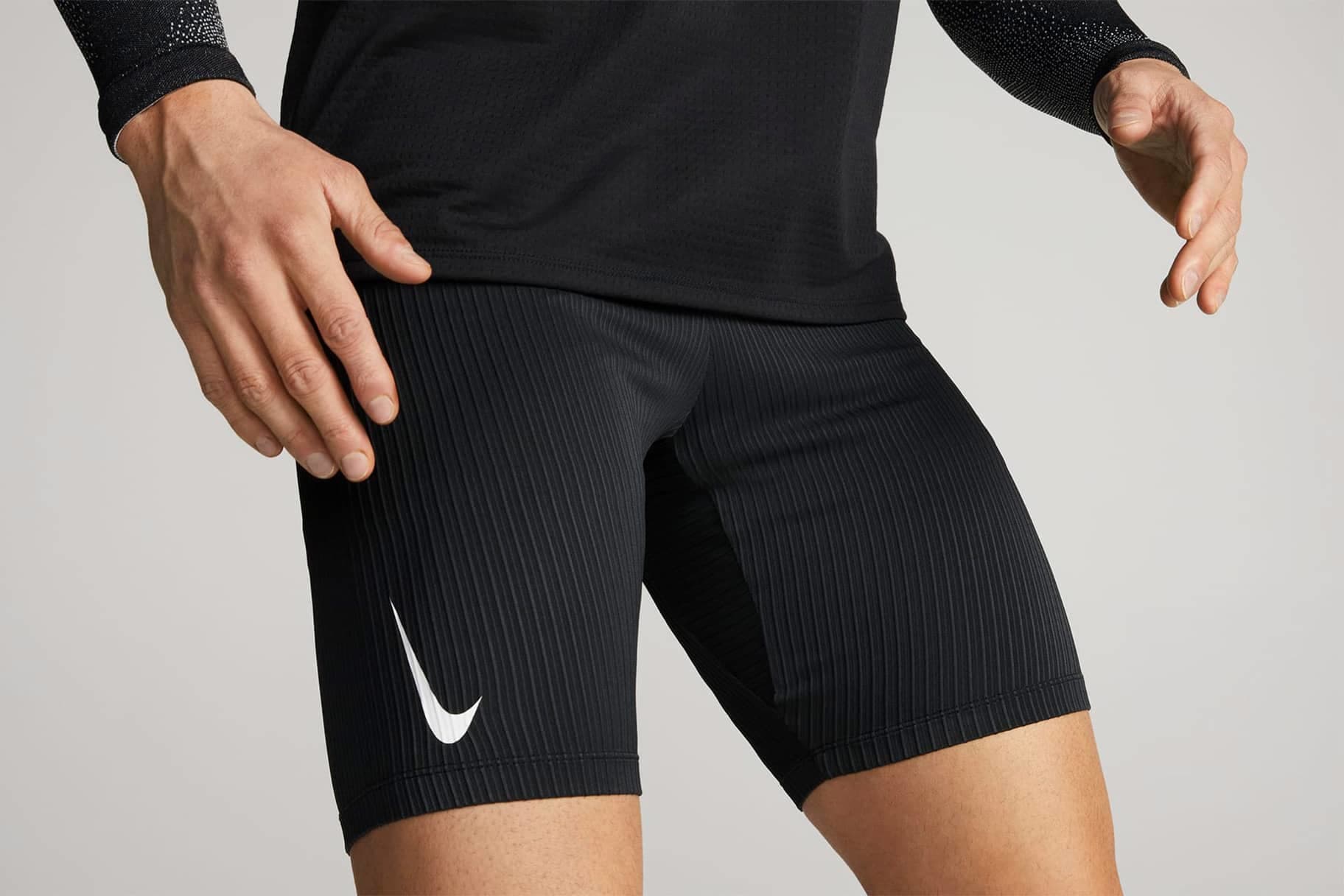
An outdoor bike ride can double as a great workout and a scenic adventure—and with the right cycling clothing, you'll stay comfortable throughout the journey. Whether you cycle through a city or mountain bike to take in the views, there are a few cycling essentials that can help you get the most out of your ride. From apparel to safety gear to footwear, here's what to wear cycling.
Base Layers
Base layers are key, no matter the weather. When cycling in warm climates, they may be the only pieces you wear. But in cooler conditions, base layers are the foundation of a cycling outfit. Here's what to wear, top to bottom:
Cycling Shorts
Biker shorts tend to be cut longer than running shorts, for example, as they're intended to provide more coverage—a helpful feature that protects your inner thighs from chafing against the bike seat.
Many biker shorts are slim-fitting and stretchy, allowing you to move freely, no matter how fast you pedal. Other features to look for include moisture-wicking fabrics and reflective elements.
Mountain biking shorts are typically made from moisture-wicking polyester or nylon blends and feature more rip-resistant materials. They have a looser fit than road cycling shorts, allowing for greater hip mobility on hilly terrain and extra room for knee pads.
Short-Sleeve Nike Dri-FIT Shirt or Cycling Jersey
Choose a breathable, fitted, quick-drying top. Nike Dri-FIT technology disperses moisture across the fabric's surface, helping sweat evaporate faster so you stay cool and dry.
There are many Dri-FIT styles to choose from, including tops with reflective design elements or bold colours like Nike's neon green Volt.
For slightly cooler days
A warmer layer is crucial when you're cycling during chilly mornings or cool evenings. Swap your base layers with these slim-fitting essentials.
Light Tights and Trousers
Like biker shorts, many cycling shorts are made with stretchy, moisture-wicking fabric. A pair of Zenvy trousers or tights does just the trick, providing more protection against the elements and rough terrain.
If it rains often where you live, choosing waterproof bike trousers, or ones with panels that provide wind protection, can help you stay comfortable for longer.
Long-Sleeve Jersey or Top
Cooler weather requires thicker fabric or insulation, but you'll still need something lightweight that stays dry as you sweat. Nike Therma-FIT technology is designed for cooler temperatures, since it traps heat without adding bulk. Look for a half-zip top so you can easily cool down.
For cold outings
When temperatures drop below 10°C, your gear needs to keep you warm against brisk winds. Layer these pieces over your base layer—or over the lighter long layers you wear on milder days—for maximum warmth.
Cycling jacket
The right cycling jacket depends on the weather. If heavy rains are in the forecast, opt for a windproof and waterproof jacket that's still breathable, such as one with a GORE-TEX lining.
If it's really cold, try a heavyweight jacket with a helmet-compatible hood, which adds lightweight warmth. Bear in mind, down jackets can lose their insulating power when wet, so if you choose a down jacket, pick one with a water-resistant shell.
Headband and Gloves
Wearing a helmet is always a smart choice, especially on city streets or in wet conditions. Keep your head warm with a headband or slim beanie worn underneath. Complete the setup with full-finger gloves to keep your hands warm and comfortable as you steer.
Shoe Covers
If you cycle in snow or heavy rain, cycling shoe covers will help keep your feet warm and protect them from getting soaked. Many also feature reflective design elements.
Biking Essentials for Every Season
Don't leave the house without these evergreen cycling accessories.
- Helmet: you're never too old or too skilled to wear a helmet. Studies have shown that wearing a helmet can decrease the risk of fatal cycling injuries by 73%. Depending on your riding style, you might choose a basic recreational helmet, a lightweight road biking helmet or a mountain biking helmet with more protection for the rear of your head. The key is to make sure it fits securely on your head.
- Sunglasses: Nike shades will help protect your eyes from dust, debris and UV rays. Choose wraparound frames for maximum coverage.
- Bike Socks: you can't go wrong with a pair of Nike Dri-FIT cycling socks, made with moisture-wicking fabrics. In cooler temperatures, you may fare better with a crew sock, which covers your ankles and part of your shin.
- Cycling Shoes: some road cyclists prefer shoes with cleats on the bottom that clip into the pedals for maximum efficiency. But the key feature of any cycling shoe is its stiff sole, which helps transfer power to each stroke. Mountain biking shoes are easier to walk in, with either recessed cleats or sticky rubber soles for extra traction. Either type should fit snugly, with no heel slippage. If cycling at night, consider wearing a shoe that has reflective features so cars can easily see you on the road.
- Hydration Gilet or Pack: you'll need to stay hydrated as you go. Storing a water bottle in your backpack or as a bike attachment is a great option. If you want to hydrate without slowing down your ride, consider a hydration gilet with a water reservoir that allows you to drink hands-free. If you're biking a long distance or need to bring other cycling gear with you, a hydration pack may be better than a gilet.
